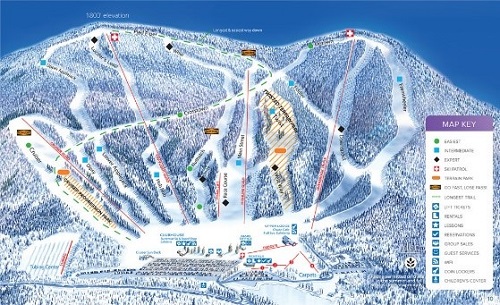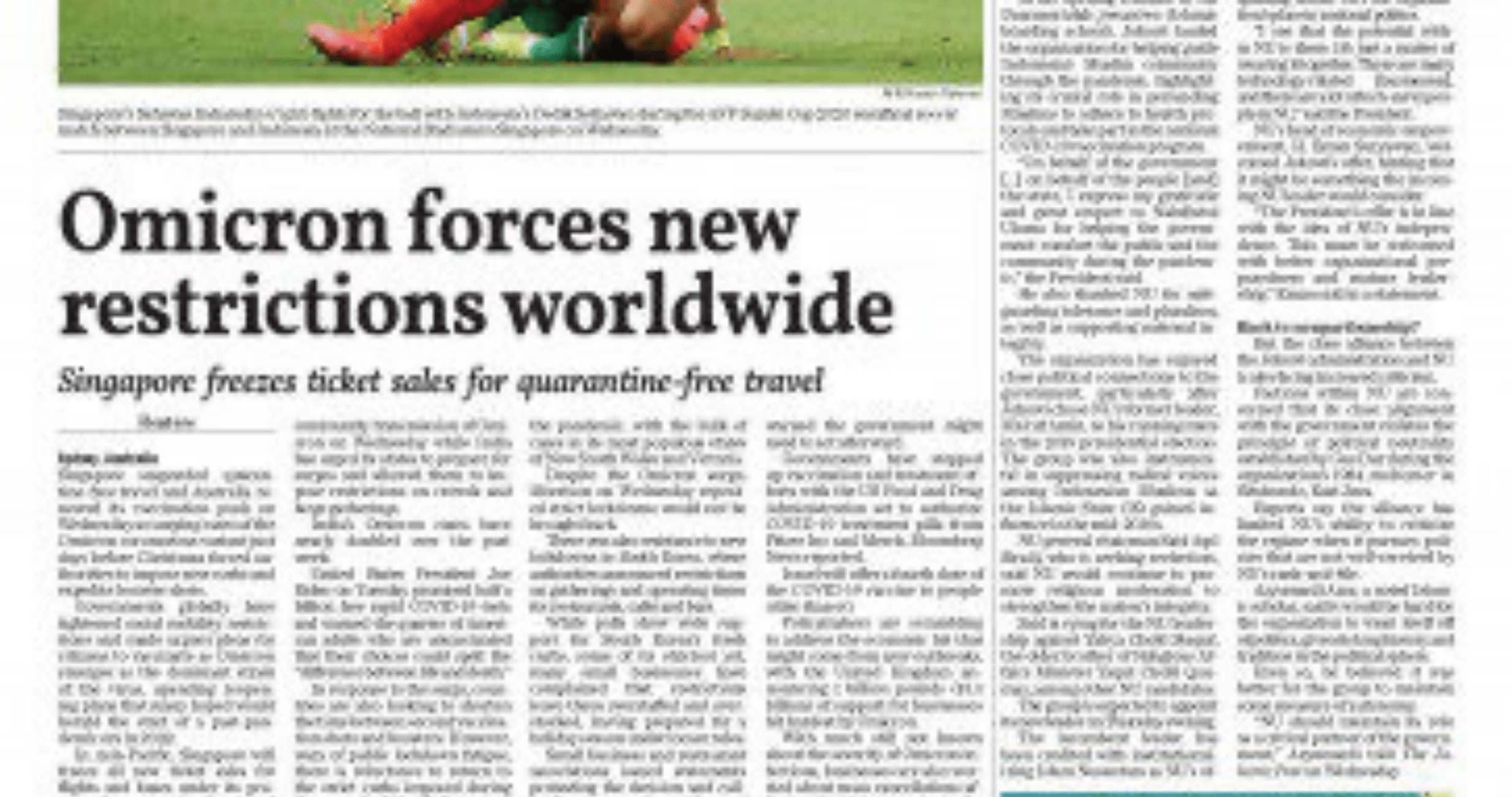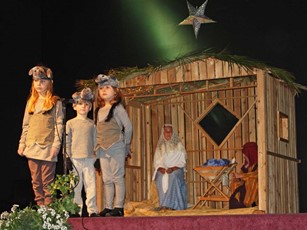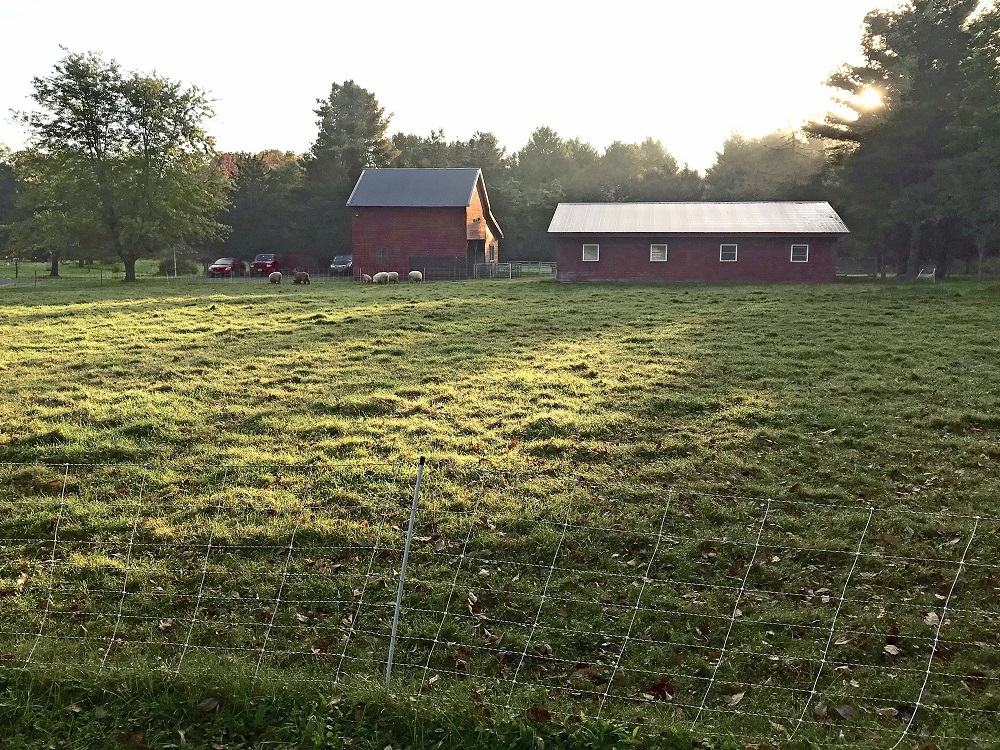There is a palpable, almost giddy, sense of hope spreading around this place. Vaccination sites are opening up and networks of friends are giving each other tips about how to sign up for the next available slot. In fact, Dan was the first person to alert Deborah and me on how to sign up. We are all eagerly preparing to see the end of this pandemic!
Interestingly, my thoughts turn to downhill skiing. For the last few years, I have enjoyed the small luxury of a season pass to Butternut Basin, a modest ski area an hour away in the Berkshires. Butternut doesn’t offer the best skiing in the region, but it’s very close to Stockbridge MA, home of the Red Lion Inn. This 18th century institution is one of Deborah’s favorite places. She brings her knitting along and sits by the fireplace in the lobby while I go off to ski. I keep my skiing day short so we can enjoy a late lunch at a window-side table in the tavern. We love this little tradition, and the advent of the vaccination program gives us hope that we can return to it.
My online research bolsters this hope. Butternut has a convincing set of protocols in place. Visitors are encouraged to get their gear on in their vehicles and not enter any of the lodges. Social distancing is in place in all the waiting lines and their policy is not to mix any parties on the lifts. Of course, on cold days skiers wear face masks much of the time anyway and I will be sure to keep mine up when I am around others. There won’t be all that many others on the mountain, though, because Butternut limits how many lift tickets are issued each day, to keep crowds small and safe. This is perfect! Hope about the new vaccines has persuaded me that one of my favorite winter activities is now safe. Red Lion Inn will doubtless have similarly high standards, o Deborah and I, now vaccinated, will be able to safely take lunch in the tavern once again.
The online statement of the mountain’s protocols directs me to check the official Massachusetts website for “out of state travel”. Since we do have to drive across a state border to get there, I figure I should take a peek. Oh boy, that was a mistake! Well, no, it wasn’t a mistake, really. It was the right thing to do, but my happy mood is trashed. The Massachusetts Department of Health only permits travel into the state without a quarantine from states with lower infection rates. At present the only such state is Hawaii (Hawaii!?). Disappointment and annoyance wash over me. What is it with those guys at the Mass. Health Dept? Haven’t they heard that vaccines have arrived? I am not happy.
I take a deep breath, calm myself and start to contemplate this situation using Ali’s model as a guide. Hopeful expectations about an impending vaccination program are not among the scenarios that Ali has explicitly explored in his model. However, he did explore scenarios that investigate what might happen when a population relaxes its vigilance (contact frequency, distancing, mask-wearing) despite continuing high infection levels (see the diary entry, “What Causes the Shape of the Pandemic?” from December 1, 2020). Dramatically, the timing of the several waves as well as the size of the peaks, as measured by infection and death rates, are driven by how the population responds to dangers from the pandemic. In the model, anything that causes the population to have more frequent daily contacts and/or increases the probability of infection per contact reinvigorates the pandemic. People might be lowering their guard because of fatigue or frustration with social isolation, or because of special occasions like holidays and the desire for family gatherings. The exact reason doesn’t matter; whatever activates this kind of response makes the pandemic worse. Unfortunately, hopeful expectations (like mine) about an impending vaccination program can lead to behavior that similarly serves as an accelerant to a pandemic that is not yet under control.
I put away my downhill skis. I will have to be satisfied with cross-country skiing on our back paths (when and if we get some better snow). Deborah may have to wait until next winter before she can again knit at the Red Lion Inn’s fireplace. We will have to prepare “tavern” lunches for ourselves and enjoy them at home. The new vaccines are indeed providing us with a sense of hope, but we need to guard against letting hope itself undermine the forces that can bring COVID-19 under control.
This Story Has a Lesson
Hope triggered by the impending arrival of vaccines against COVID-19 is a powerful force. But Ali’s model implies that if we use that hope to let down our guard and be less vigilant against the current dangers of transmission, it can make the pandemic even worse.
Read More to Dig Deeper
As I was thinking about writing this diary entry, I recalled an informal analysis that Dan had completed several weeks ago. In this analysis, Dan and Ali began with two different populations—a very careful population that reacted strongly to a surging pandemic by decreasing contacts and infectivity and what they called a “naïve” population that was less responsive (In Ali’s first modeling efforts, he called these two populations “Scenario 1” and “Scenario 2). Ali and Dan then formulated several equations meant to mimic how these two groups might change their behaviors if they were to become frustrated by long periods of social isolation or if they were subjected to stringent governmental restrictions. These mandated programs result in lowered contact frequency and reduced infectivity (through hygiene practices). Dan and Ali lacked data to calibrate these formulations (i.e., state just how much contacts and infectivity could be reduced), so their results show the kinds of patterns that one could expect rather than precise projections. In any case, the figure below shows what they found.
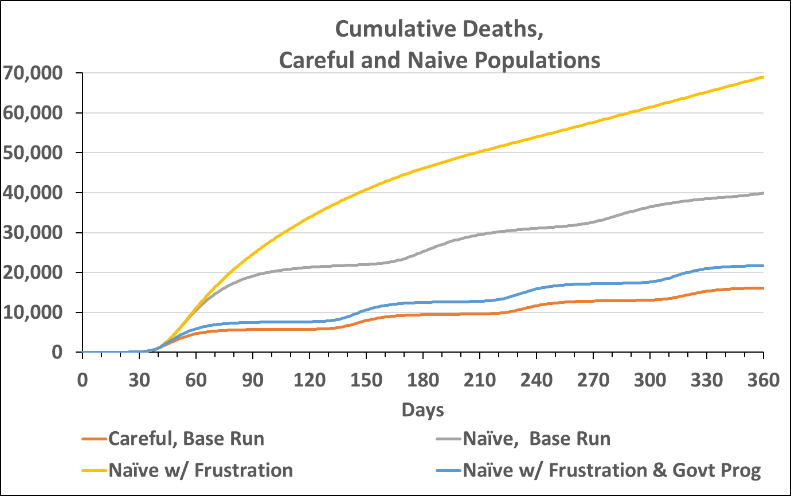
his figure shows cumulative deaths over a year in which there are several surges in the pandemic. Each slight wave in the cumulative death curve corresponds to a surge and remission in the number of new infections. (These surges are more clearly visible in other output from these simulation runs).
For this set of runs, the “best” outcome at the end of the year is about 10,000 cumulative deaths, a result from the Base Run of the Careful population. The Base Run for the Naïve population results in about 40,000 cumulative deaths. When the Naïve population responds to frustration, cumulative deaths surge to about 70,000. When the Naïve population experiences frustration, but at the same time is constrained by a strict government program, cumulative deaths are reduced to about 12,000 which is close to what happens with the Careful population.
The important point is that acting on the basis of hopeful expectations would have much the same effect as frustration as in Ali and Dan’s scenarios. Like frustration, hopeful expectation can lead people to have greater contacts and to create a higher infectivity (for example, by making ski trips to the Berkshires!). Hope can lead to a premature confidence that feels ever-so-much better than frustration, but it could have a similar effect on our efforts to control COVID-19.

